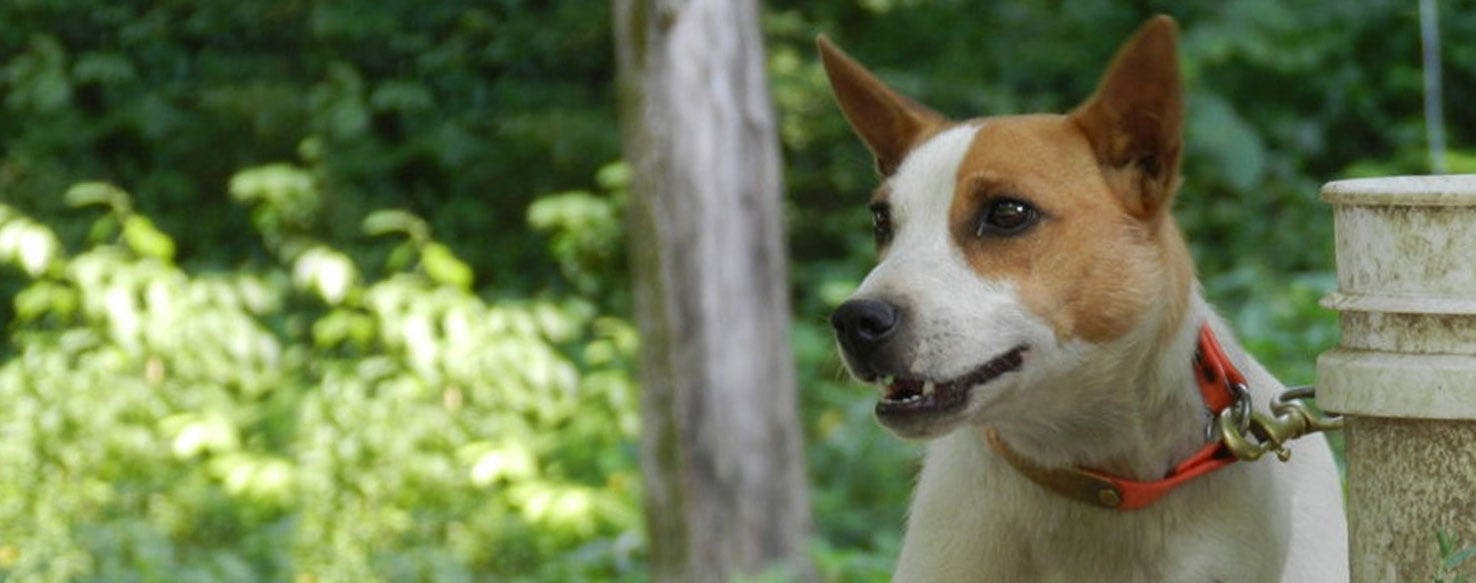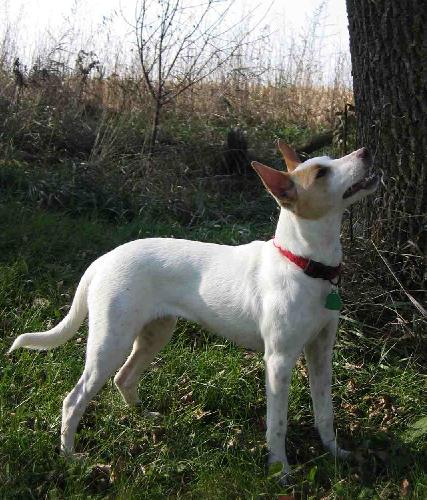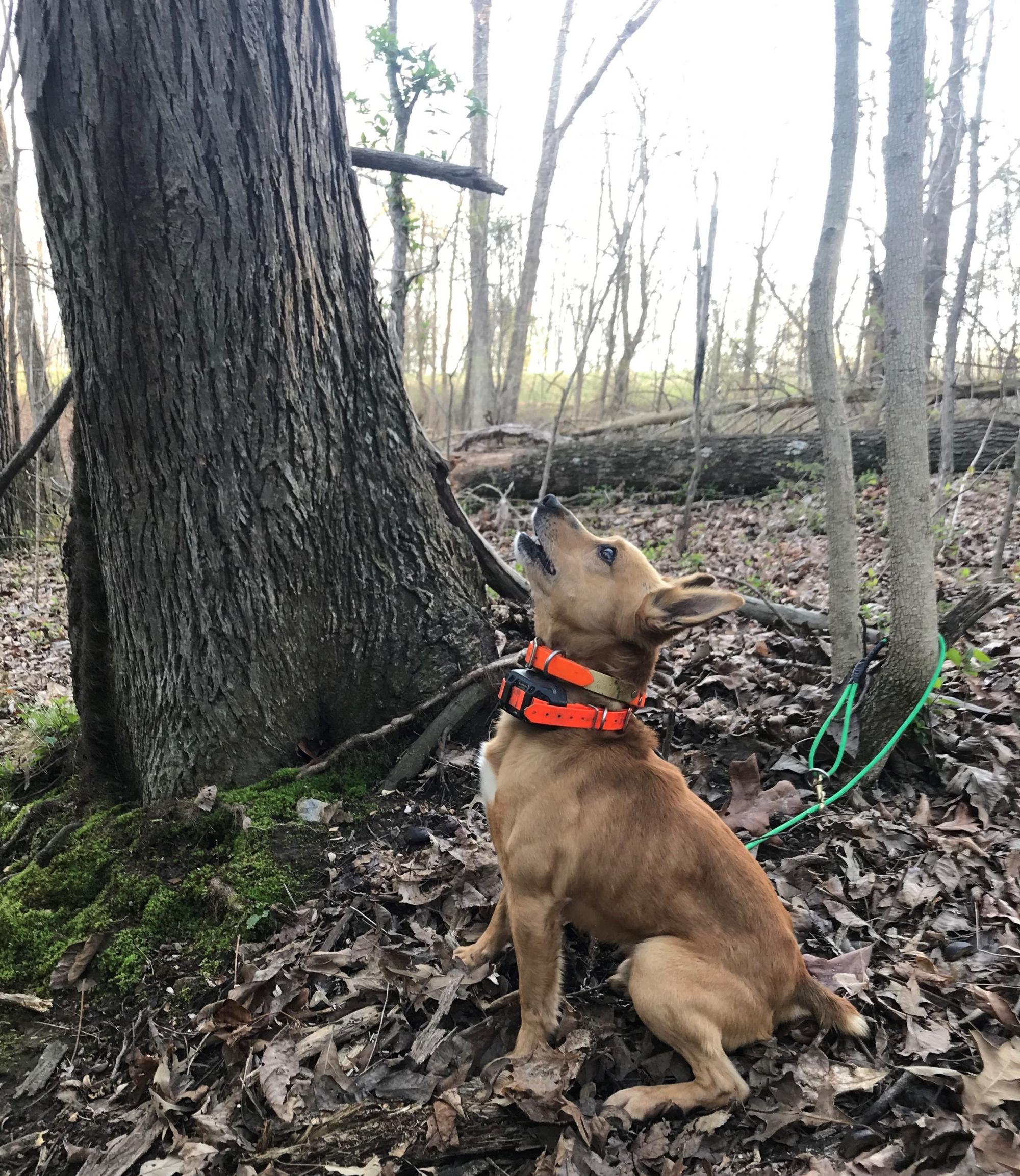

The breed is also known as the American Feist.īeyond that, there are a whole lot of feists out there (and we haven’t included canines known as “squirrel dogs,” but regarded as feists): Only the Treeing Feist has been recognized as an identifiable breed with “feist” in its name by the United Kennel Club, this happening in 1998. The Rat Terrier, too, is considered by some to be a feist, and in fact, some believe it to be the progenitor of, and a specific breed within, the feist type. The “Teddy Roosevelt Terrier,” for example, was once called the B ench-Legged Feist, and to our knowledge, it’s the only breed to be recognized by the AKC that had “feist” in its name once upon a time. A couple of AKC and UKC breeds are considered feists, and the names of some breeds once included the word “feist.” One still does. Neither is it true that feists haven’t made it to the show ring. Consequently, some people are of the belief that there is little to no consistency among these dogs. Today, most feists are bred solely for their hunting ability by individuals with zero interest in a show ring. The word “ feist” as it pertains to a type of dog, however, never vanished.


After a while, the word was used to describe an excitable, spirited dog, and ” feisty” came to be used for people with similar temperaments. Feist and fist were also used to identify dogs, as in “fisting or foisting hounds.” Like the word, “cur,” feist came to be used as an insult in the 16th and 17th centuries, and by the 1800s, it was used to describe small hunting dogs, particularly in the American South. The meanings of fist and fisting as a way to describe the foul emission of air from one’s backside fell out of use, but it gave rise to a related word, feist, which in some contexts had the same or similar meaning as fist. Back in the day, fist, could mean one of two things: Either it referred to “a breaking of wind, a foul smell,” and “to break wind,” or it was the word for a clenched hand. The word, feisty, however, didn’t always mean what it does today, and we doubt anyone would appreciate being called “feisty” if it did.įeisty comes to us from the 15th century, a descendant of the English word, fist. This breed was recognized by the UKC as recently as 2015 and are also recognized by the ACA and, of course, the ATFA (American Treeing Feist Association).We all know someone who is feisty, and probably a dog, as well. Presently, these dogs are still used often for squirrel hunting/treeing. However, The UKC states that the term "feist" describes a little, noisy dog. Despite appearing in the writings of such notable figures as George Washington, Abraham Lincoln, and William Faulkner, the Mountain Feist doesn't have a very detailed history and many believe they are simply a "type" of dog unrelated to the aforementioned breeds. They are said to be crosses of terriers (presumably European) and hounds (presumably the Native American Dogs) used for hunting and are appreciated for being active, extremely alert little dogs that track soundlessly using sight, scent. The Mountain Feist was bred in the southern United States for the purposes of hunting small animals, such as squirrel, and ridding properties of varmint such as raccoons, groundhogs, opossum and rabbits. This sturdy and hardy breed will typically live 10-15 years with few health concerns.

Mountain Feists are very low maintenance in regards to grooming but do need quite a bit of outdoor exercise daily to burn off all their curious energy. Members of this breed are adaptable to both indoor and outdoor living (although a fenced yard is ideal), provided they get enough exercise-and love! They are a breed eager to please that bonds closely with the owner they are said to make especially good companions for children and the elderly, and are not difficult to train. They are natural hunters and, besides treeing, have long used their keen senses of vision, smell and hearing to hunt and rid properties of opossum, rabbits, groundhogs, raccoons and other varmint. Owners and experts agree that this breed may be the premier squirrel treeing breed. The Mountain Feist is also known as the (American) Treeing Feist and is thought to have originated in the Southeastern United States a few hundred years ago.


 0 kommentar(er)
0 kommentar(er)
